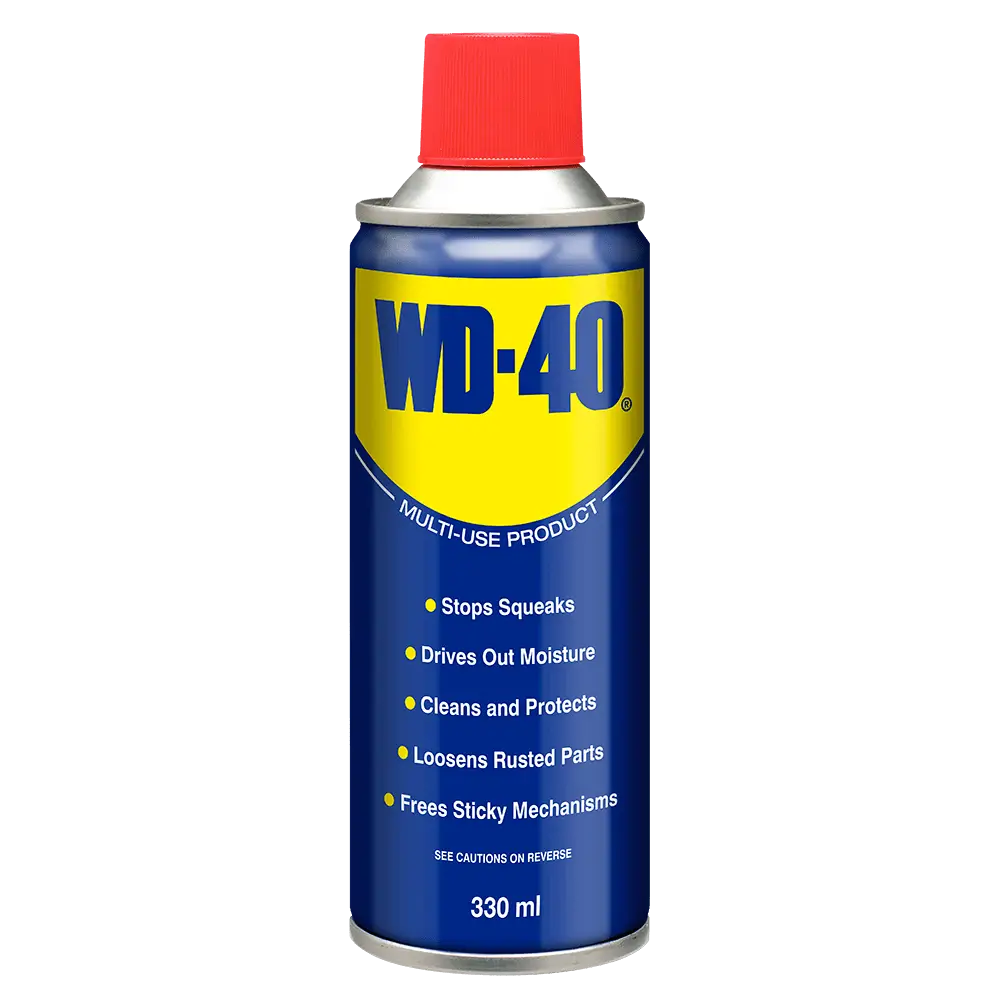The engine’s timing belt is a crucial component that is necessary for keeping the internal combustion engine of a vehicle synchronized and maintaining the engine’s rhythmic motion. Timing belt lubrication raises concerns among DIYers and car enthusiasts looking for ways to extend the lifespan of their vehicles.
The question that is usually raised during discussion is that, if lubricating a timing belt is possible, what is the most effective method? In this article, I will look into the complexities of crankshaft belt grease, the significance of appropriate support, and whether usually utilized oils like WD-40 are reasonable for this reason.
Before you start lubricating the timing belt, it is important to know its function in an engine. For appropriate opening and closing of the valves, the timing belt must perfectly align and coordinate the crankshaft and camshaft.
The overall efficiency of the engine is dependent on this coordination, and any sort of disruption in the working of the timing belt can lead to severe damage to the engine.
Can You Put WD40 On Timing Belt?
No doubt WD-40 is an effective lubricant and it has numerous applications, but it might not be a good option for lubricating the timing belt. The timing belt is primarily composed of rubber composites interlaced with fibers. Hence using WD-40 or any similar lubricant can affect its composition.

Timing belts are designed in such a way that they can operate in a dry environment and they are coated with lubricants that can provide enough lubrication in such climate conditions.
Therefore addition of any type of external lubricant such as WD-40, may bring contaminants and impurities that can affect timing belt durability. Also using lubricants can impede the tension and grip required during functionality of the timing belt.
Best Practices for Timing Belt Maintenance
Although oiling of the timing belt itself is not recommended, it is advised to lubricate the parts that are associated with it so that it can function accurately. A few of the components that are often lubricated include the tensioner, pulleys, and other related elements, and this results in the smooth functioning of the timing belt.
Some of the best practices include:
1. Choosing the right lubricant:
It is advised to use lubricants that are specially designed for automotive applications, such as engine pulleys and related components. For this reason, I often use synthetic or silicone-based lubricants.
2. Follower Manufacturer Instructions:
While going for the lubrication process you should listen to the guidelines of the manufacturer because he is the one who has more knowledge and experience. For taking guidance one can also take help from a manual provided by the manufacturer to have a better idea of the process.
3. Inspect for Wear and Tear:
The efficiency of the timing belt can be improved if we check it on a daily basis to examine if any of the parts are damaged or misaligned, checking the components daily prevents serious damage.
4. Replace the Timing Belt when Required:
Although timing belts have a long lifespan, it is advised to change them after a specific period as directed by the manufacturer, otherwise, it can cause serious engine damage.
5. Consider Professional Maintenance:
It’s common for vehicle enthusiasts to enjoy handling maintenance tasks themselves, but when it comes to lubricating timing belts, it’s a different case. Some tasks require expert assistance so it is advised to look for expert help in this case.
Similar Posts:
- Can I Use 10W40 Instead of 5W30?
- Motul vs Amsoil: Which is Better in Performance?
- Why Is My Engine Oil Turning Red?
- 75w90 vs 80w90: Which Gear Oil is Better For Your Car?
- Is Hub Oil the Same as Gear Oil?
How to Lubricate Car Belts Safely:
There are certain belts of the engine that require lubrication to ensure optimal performance of the vehicle. Listed below are a few steps to lubricate them:
1. Identify the belt:
The first step is that you must have the knowledge of which belt needs lubrication. It is mostly a serpentine belt that regulates different parts of the engine.
2. Select the Right Lubricant:
In the next step, you need to choose the correct conditioner or belt dressing that is specific to automotive applications. These products are used to ensure belt performance without causing damage.
3. Apply the Lubricant:
Follow the proper procedure while applying the lubricant. In most cases, I spray or apply the lubricant directly on the belt when the engine is working.
4. Rotate the belt:
To ensure the oil spreads evenly, it is recommended to rotate or spin the belt physically, this helps the lubrication reach all parts of the belt equally.
5. Check for Lubricant Overflow:
After applying the grease, remove its excess by wiping it off. It will help to prevent the accumulation or building up of lubrication on the belt and will guarantee the ideal working of the belt.
Conclusion:
Knowledge and accuracy are of the utmost importance in the field of automotive maintenance. Your timing belt will run smoothly and contribute to your engine’s overall health if the pulleys, tensioners, and other moving parts are properly lubricated.
When you are working on the complex features of timing belt maintenance, you must keep in mind the fact that lubrication of the timing belt is a delicate task and it must be handled with care. If you are not knowing this process you are advised to have a look at the manual provided by the owner.
Additionally, WD-40 may not be a suitable lubricant; therefore select the appropriate lubricants for the components that require attention to guarantee engine performance that is both effective and long-lasting on each journey.


![Can You Lubricate Timing Belt? [Detailed Guide] Can You Lubricate Timing Belt?](https://carstale.com/wp-content/uploads/wd40-1024x457.jpg)